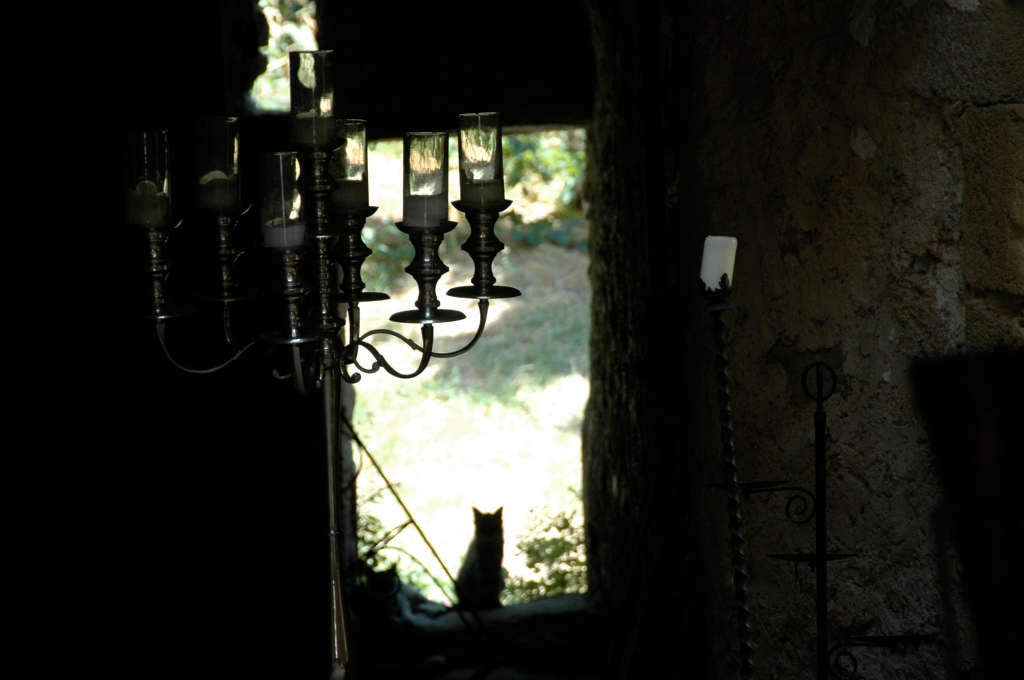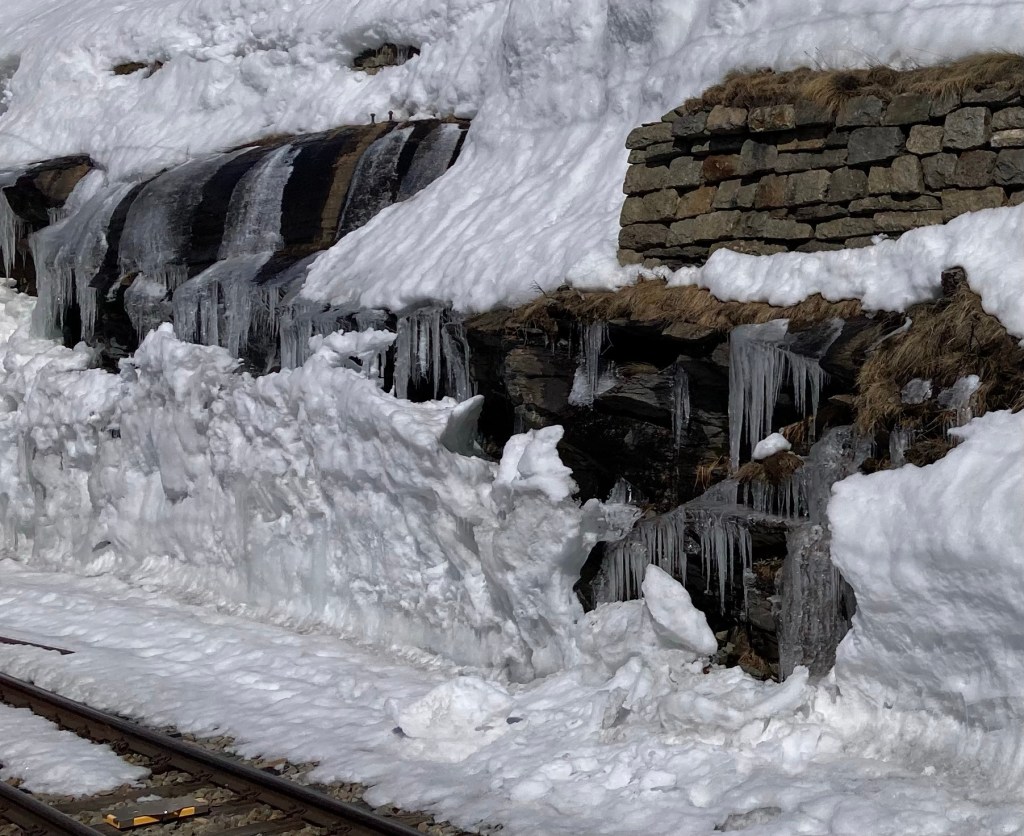
All my working life I practised Medicine as holistically as I could. I never made sense to me to split a human being into parts, particularly into a “mental” part and a “body” part. I was trained to practice holistically, even if my teachers rarely used that word. They taught me to listen to a person’s story, to listen with empathy and without judgement, in order to understand their illness, to make a good diagnosis and to plan what investigations and treatments should be considered. We started with the person, and drilled down to clarify what was happening in certain systems or parts, with the help of investigations.
This way of working emphasised that every single human being was unique, and that there were no one size fits all treatments. It taught us to remain ever alert, to follow up patients ourselves and to adjust our diagnoses, treatments and prognoses, as life continued to flow.
But was it holistic enough?
My chronic doubt, which, I confess, has grown over the years, was that it wasn’t. The reason for saying that is that whilst I knew everyone lived within a complex, layered web of relationships and environments, my interventions were almost exclusively individualistic.
But I know that our health is affected by traumas, by relationships, by work, by poverty, by housing, by pollution.
The Covid pandemic made all that clearer than ever, but still, we went for an individualised approach, focusing on vaccinations and personal hygiene. But we saw that the vulnerabilities and problems lay in insecure employment, poverty, racism, overcrowded and inadequate housing etc.
Sometimes I buy the idea that we can all be healthier if we exercise enough, eat a balanced nutritious diet, and manage our emotions, but then I see children in Gaza, people picking through the rubble of their houses in Ukraine, whole towns swept away in historic floods, and I realise, this individualistic holism just isn’t enough.
Let me clarify – I’m not knocking holistic medical practice – it’s far superior to reductionist, materialist, industrialised models. But we need to be much more aware of the circumstances of our lives, and, in particular, of the shared circumstances of our lives. If we can’t do anything about climate change, plastic pollution of the oceans, chemical pollution of the soil, the waterways and air; if we can’d do anything about poverty, social exclusion, hatred and prejudice; then we’re going to be fire fighting, and applying bandaids, when we could be creating a better world for all of us to live in.
How do we do that?
Ah, that’s the big question, and it’s not an easy one to answer. But we have to start somewhere, and awareness might be a good place to start. We need to talk to each other, to express our desire for more justice, more care, more understanding of how we all share this one, massively connected world.






